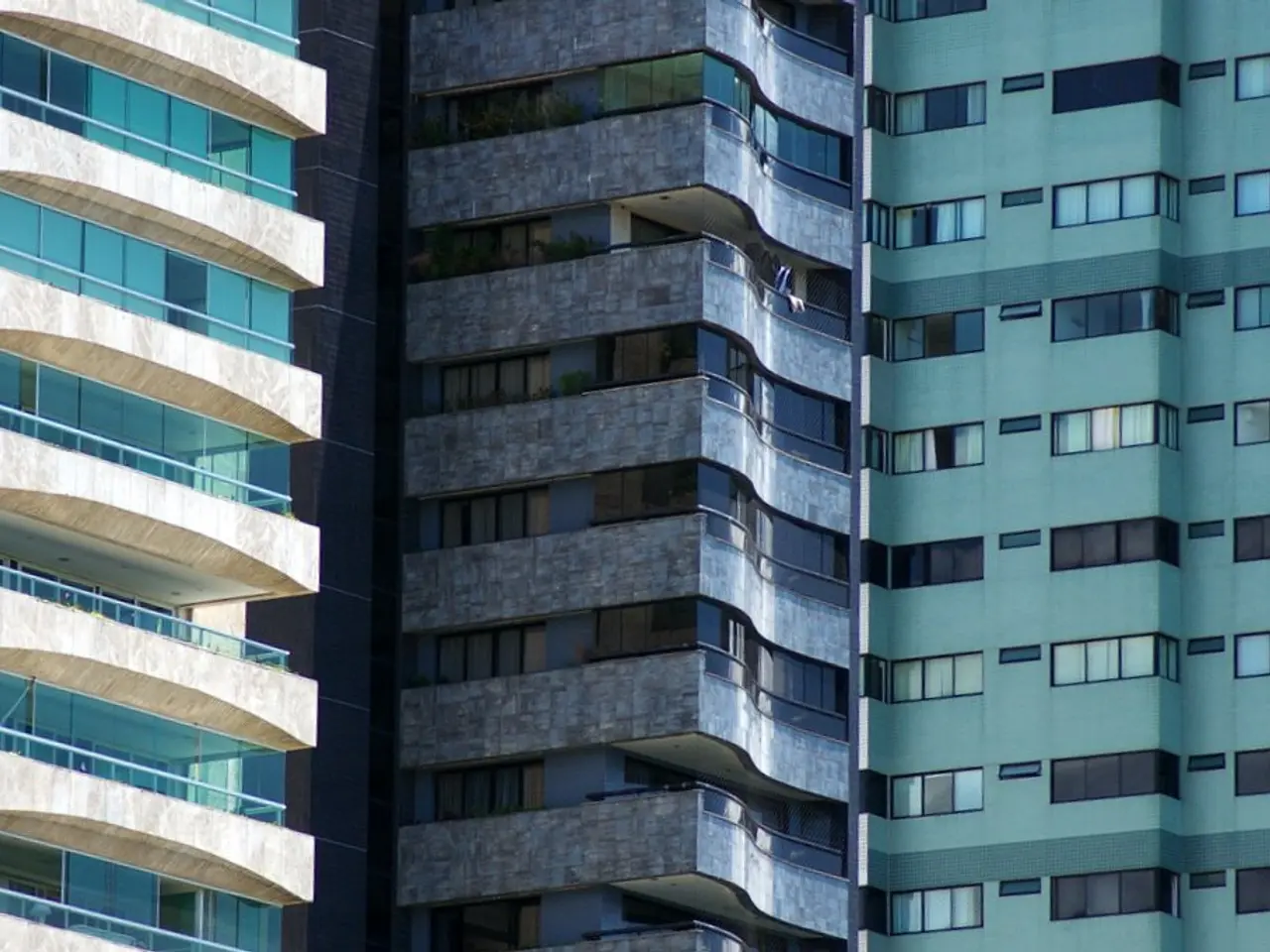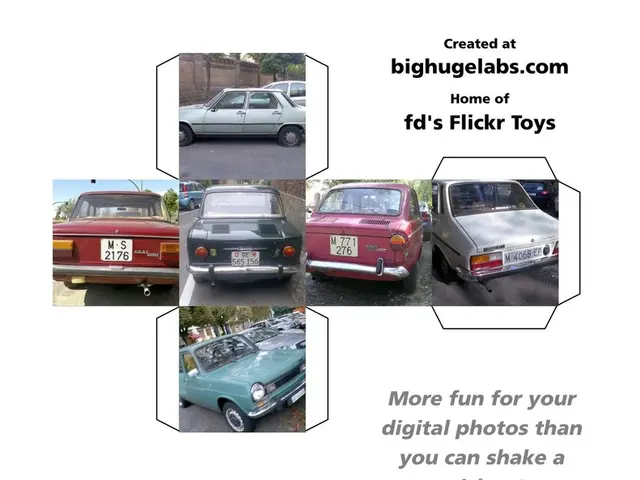LEed Certified Green Associate Emphasizes Regenerative Design in Grid- feeding LEED Structures
In the realm of architectural innovation, regenerative design stands out as a practice that not only aims to minimize harm but actively works towards restoring natural capital and ecosystem services. This approach, which is gaining traction worldwide, goes beyond traditional graphic design to regenerate and replenish natural systems.
One of the key aspects of regenerative design is the generation of renewable energy on-site to power buildings. Buildings that produce their own electricity, such as through rooftop solar panels or wind turbines, and send surplus clean energy to the grid, are prime examples of regenerative design. This approach is not only beneficial for the building's energy needs but also contributes to the surrounding community by providing clean power.
Examples of regenerative construction can be found in various parts of the world. In the Netherlands, the Agri-PV park Symbizon combines solar energy production with ecological agriculture, creating a harmonious blend of renewable energy and sustainable agriculture. In Austria, plus-energy houses generate more energy than they consume through the use of photovoltaics and heat pumps.
Innovative use of traditional materials like wood and rammed earth in multi-story buildings is another aspect of regenerative design. Researchers at ETH Zurich have developed methods to increase durability and reuse, such as the world's first prestressed rammed earth structure.
The US Green Building Council (USGBC) recognizes the importance of regenerative design. The USGBC LEED Green Associate certification exam includes practice fusion questions and answers related to regenerative design. Understanding this practice can help one pass the exam and earn the certification.
Regenerative design is more than just a certification, it's a mindset that encourages restorative practices. While sustainable practices like recycling programs, energy efficiency, and the use of sustainable materials are important, they do not regenerate resources. Regenerative design takes it a step further, actively working to restore and replenish natural systems.
In conclusion, regenerative design offers a promising future for sustainable construction. By generating renewable energy on-site, reducing waste, and restoring natural systems, we can build a world that not only meets our needs but also helps to heal and replenish the environment.
Read also:
- Hydrogen set to revolutionize India's space expeditions, transportation sector, and clean energy ambitions, according to ISRO Chairman's claims
- Strategic approach to eco-friendly nickel production for electric vehicles in Europe
- Solar energy company, Imperium, alongside QORAY Mobility & Energies Solar Business, bolsters Nigeria's environmental future by producing superior solar panels domestically and offering flexible payment options.
- AI Inspection Company, Zeitview, Secures $60 Million Funding for Expansion








